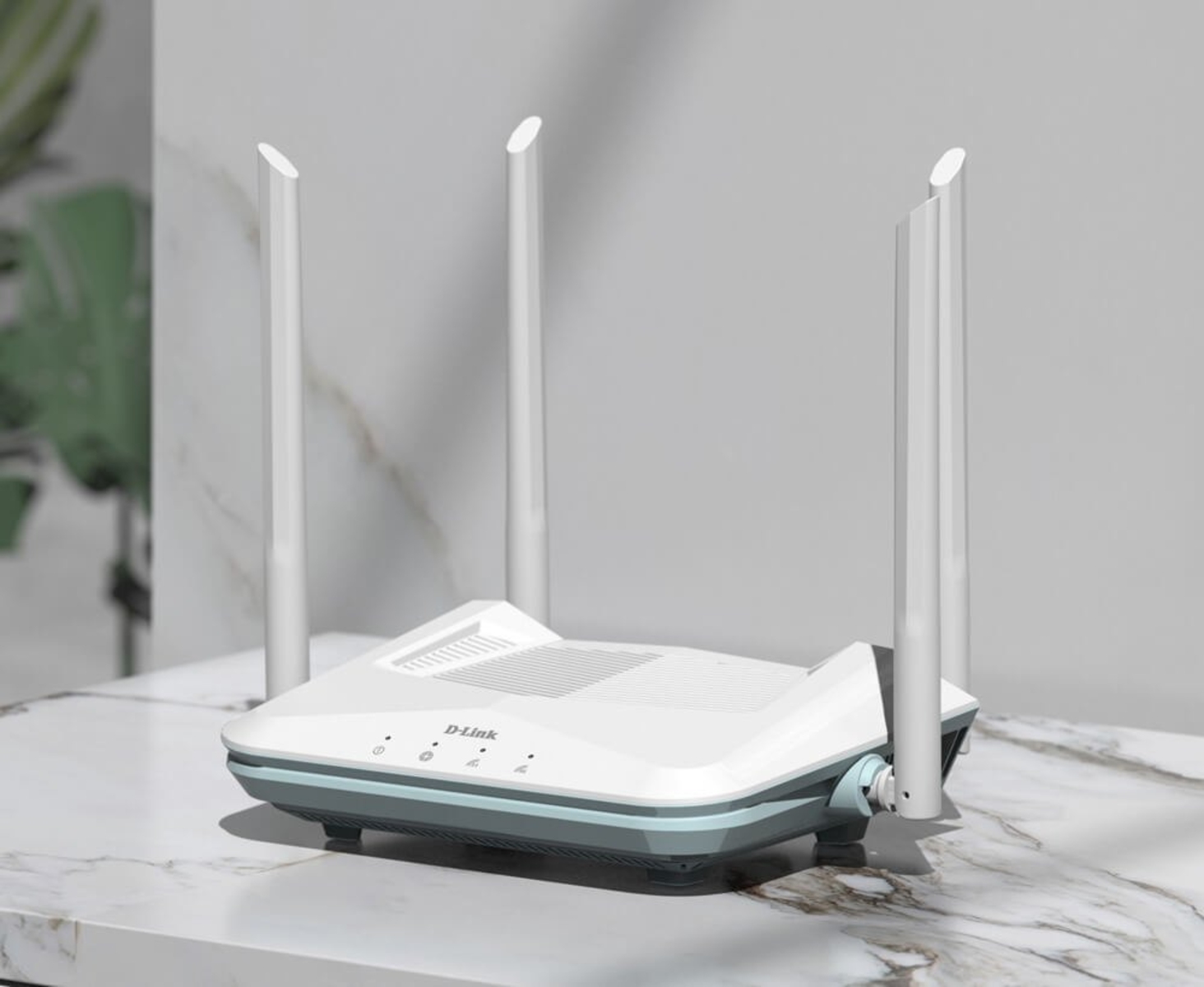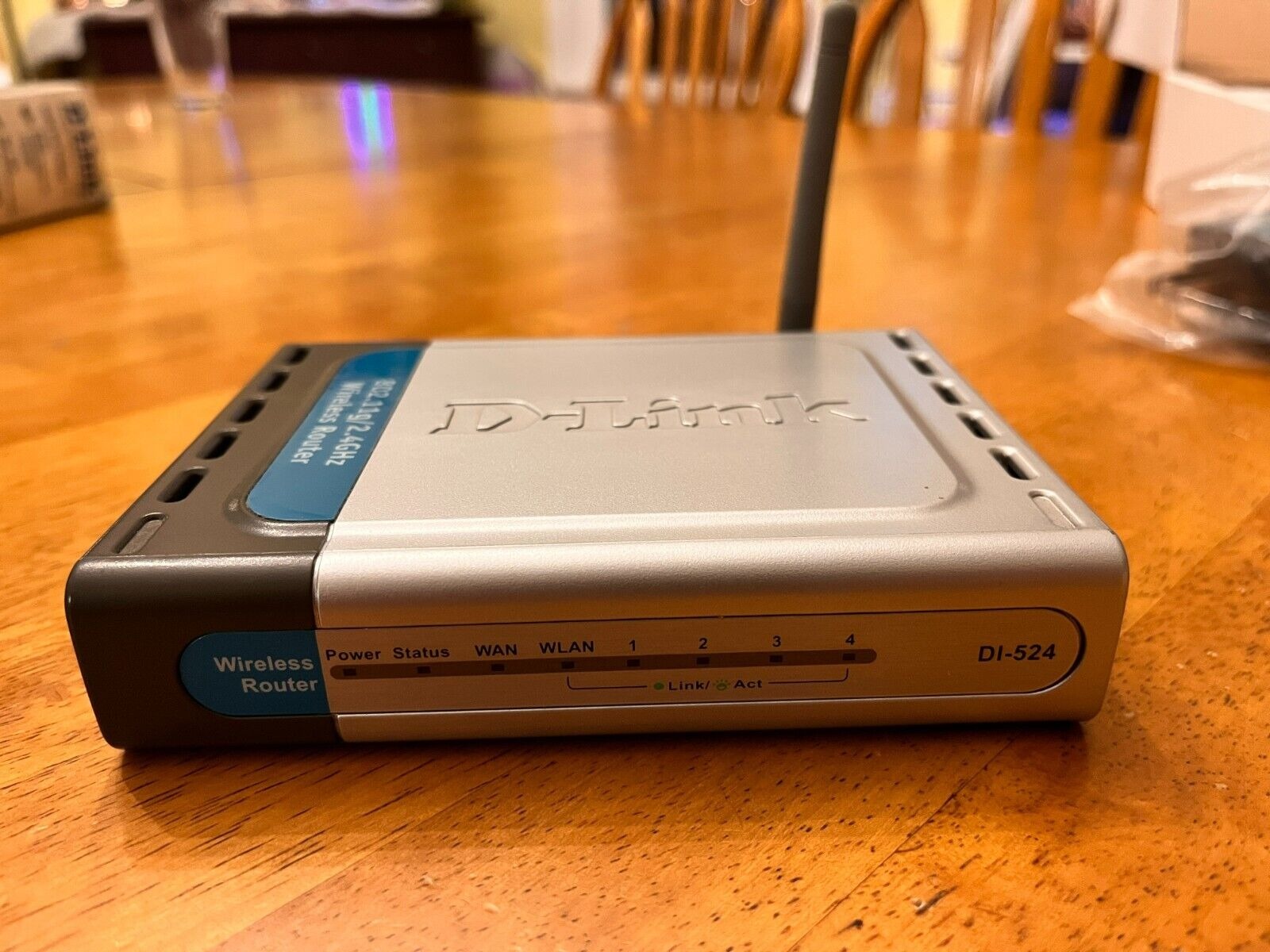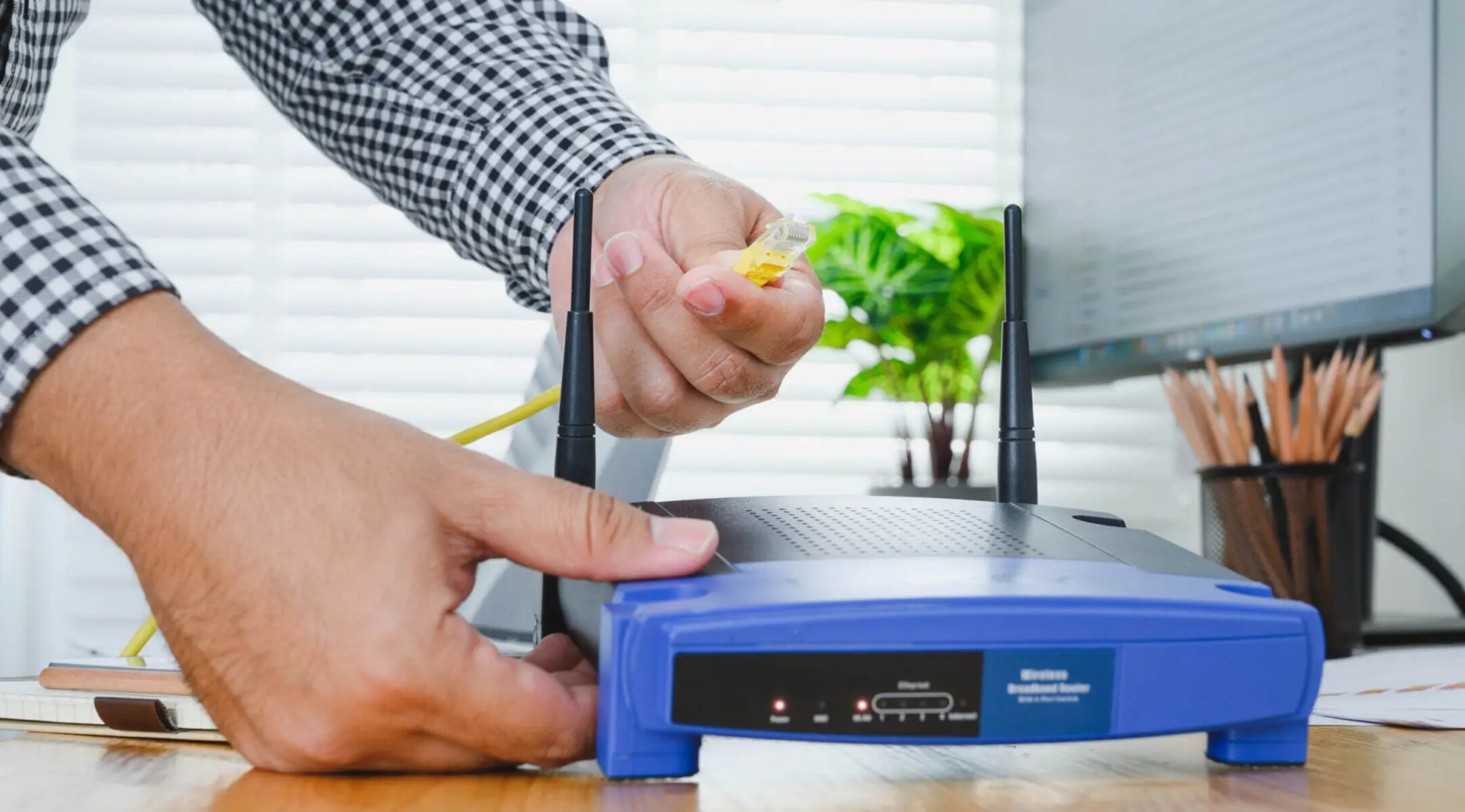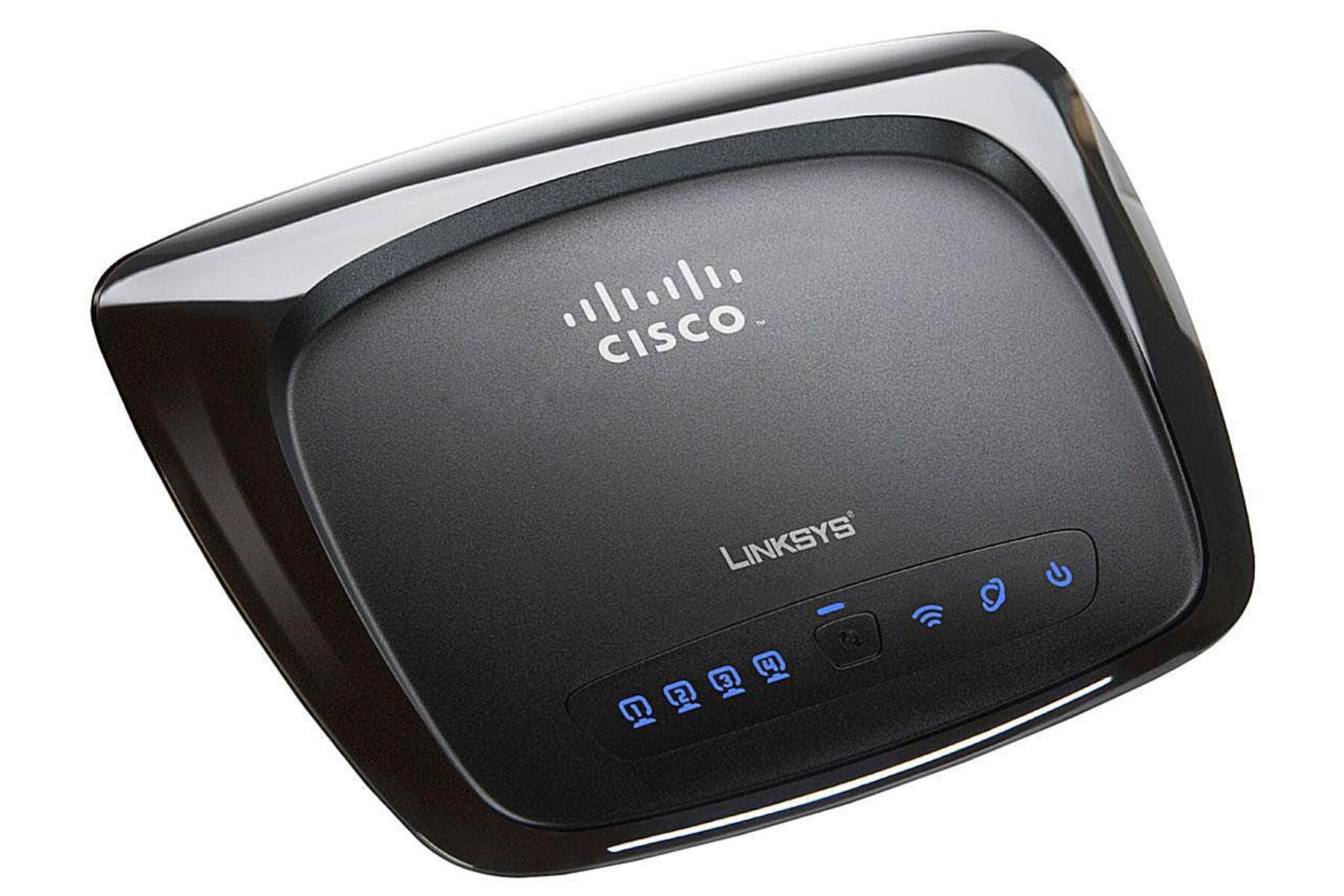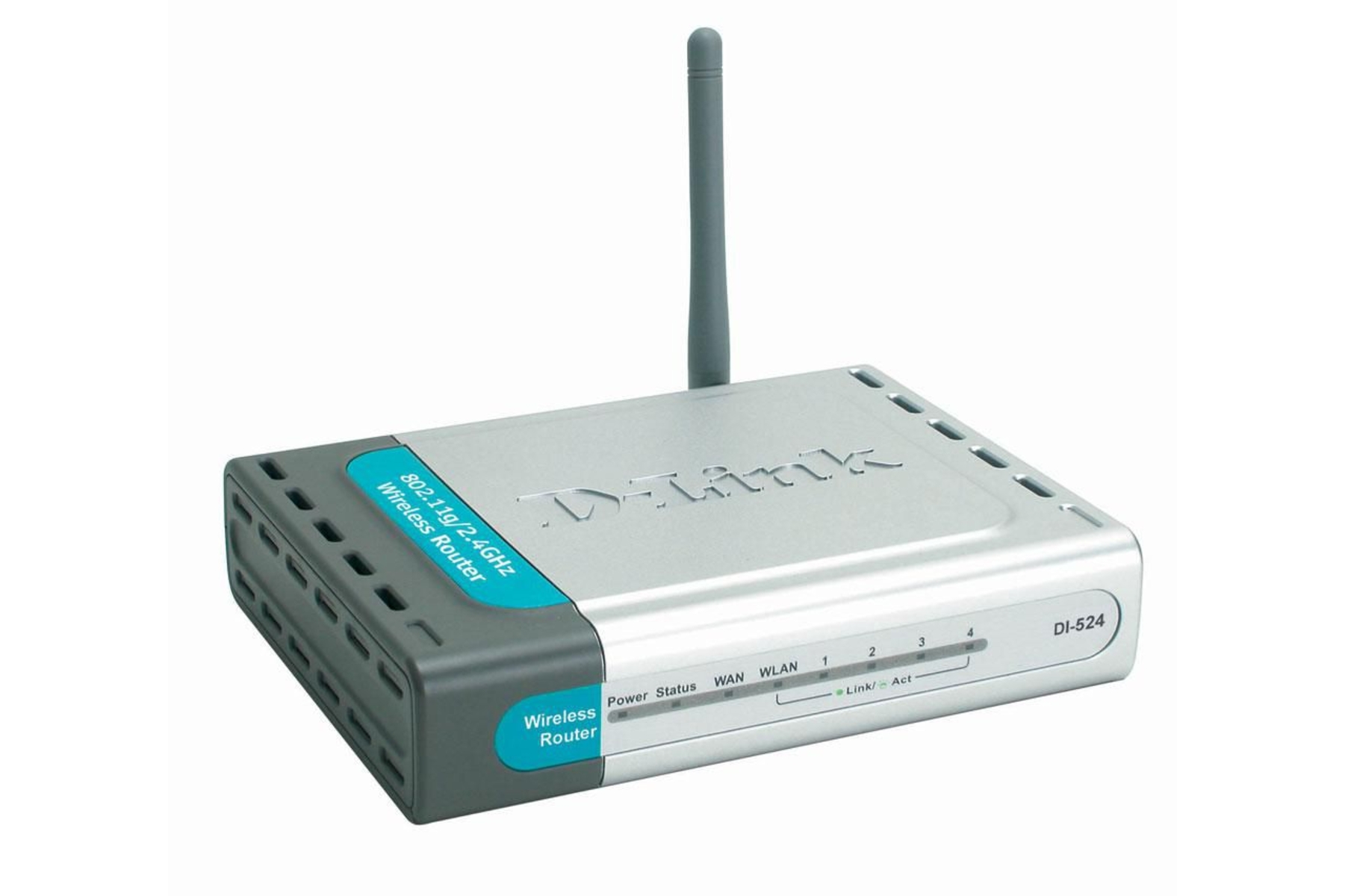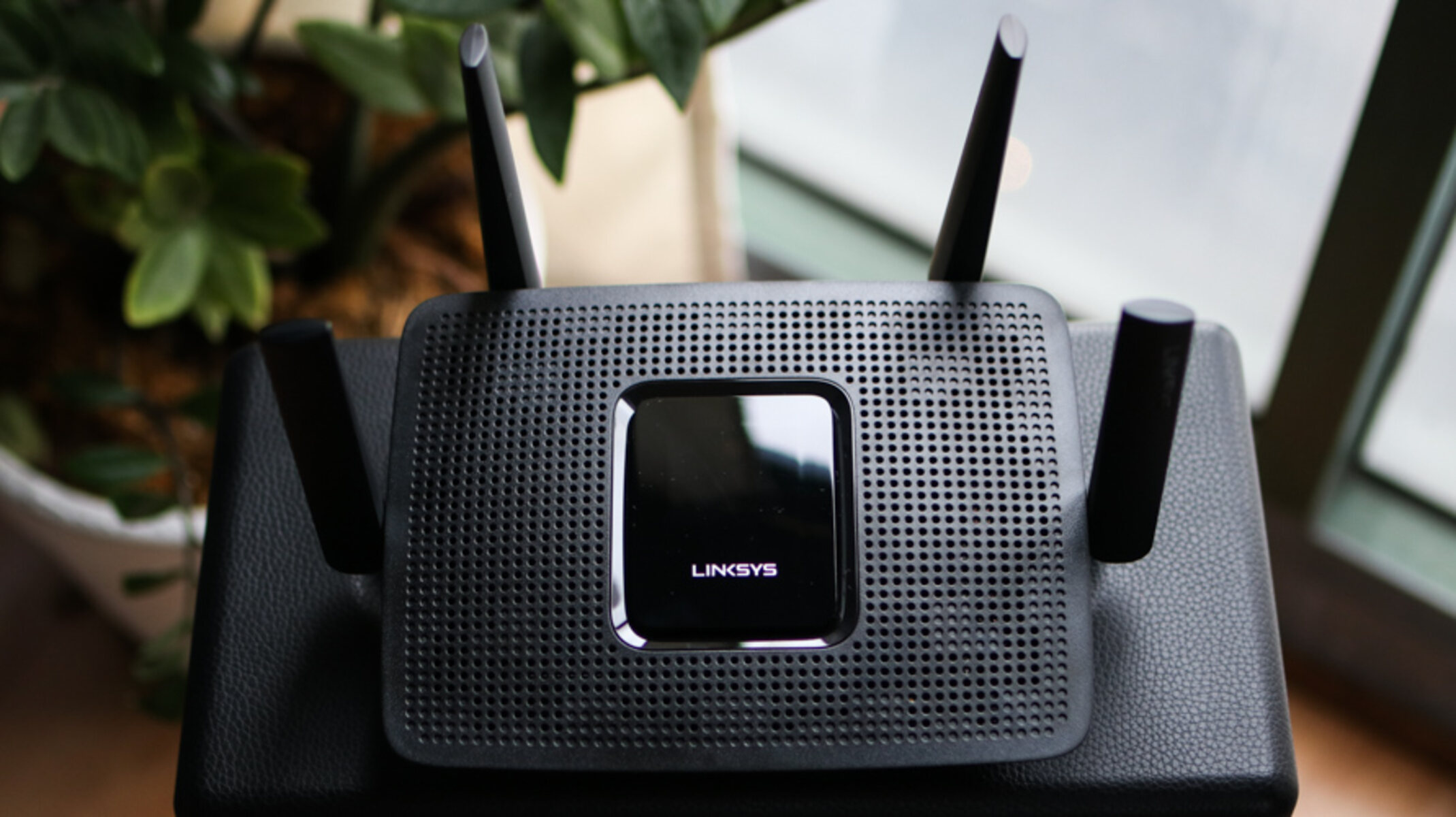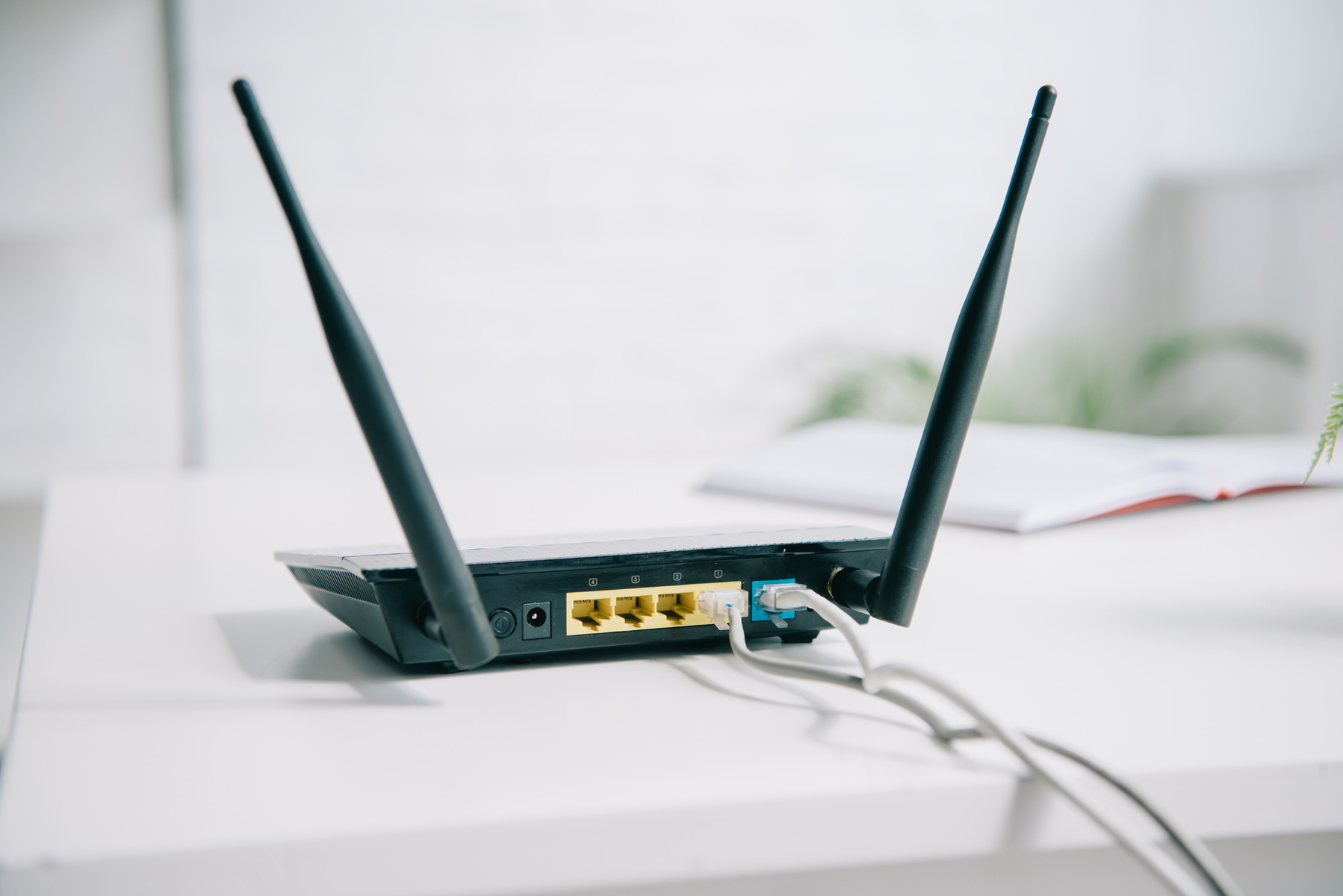Introduction
In today’s digital age, having a wireless router has become a necessity for most households and businesses. It provides us with the convenience of connecting multiple devices to the internet without the hassle of cables. However, one crucial aspect of securing your wireless network is setting a strong password for your router. Your wireless router password ensures that only authorized users can access your network, protecting you from potential security threats.
But have you ever found yourself in a situation where you need to find your wireless router password? Perhaps you recently got a new device or are setting up a guest network. Or maybe you’ve simply forgotten your existing password and need to reconnect a device. Whatever the reason, there are various methods you can use to find your wireless router password.
In this article, we will explore different ways to locate your wireless router password. From checking the router label or its documentation to accessing the router settings through a web browser and using third-party software, we will provide you with step-by-step instructions to help you find your password with ease.
It’s important to note that the specific instructions can vary depending on the make and model of your wireless router. Therefore, it’s always advisable to refer to the user manual or manufacturer’s website for detailed instructions specific to your router. Without further ado, let’s dive into the various methods you can use to find your wireless router password.
Understanding the importance of a wireless router password
Setting a strong password for your wireless router is crucial for safeguarding your network and protecting your personal information. By securing your router with a password, you can prevent unauthorized access to your network and ensure that only authorized users can connect to it.
Here are a few key reasons why having a strong wireless router password is essential:
- Preventing unauthorized access: Without a password, anyone within range of your wireless network can potentially connect to it, using your internet connection without your permission. This not only slows down your internet speed but can also expose your network to security risks.
- Protecting your personal data: When connected to your wireless network, hackers and cybercriminals can potentially gain access to your personal information, such as passwords, financial data, and sensitive files. By setting a strong and unique password, you can add an extra layer of protection to your personal data.
- Securing sensitive transactions: If you perform online banking, make purchases, or conduct any other sensitive transactions over your wireless network, it’s crucial to have a secure password. This ensures that your personal and financial information remains confidential and is not intercepted by malicious individuals.
- Preventing unauthorized changes to router settings: Your wireless router’s settings control various aspects of your network, including security protocols and access permissions. By setting a password, you can prevent unauthorized individuals from modifying these settings, ensuring that you maintain control over your network.
To ensure the effectiveness of your wireless router password, it’s recommended to follow best practices, such as:
- Using a combination of uppercase and lowercase letters, numbers, and special characters.
- Avoiding common and easily guessable passwords, such as “password” or “123456.”
- Creating a unique password that you haven’t used for any other accounts.
- Changing your password periodically to minimize the risk of unauthorized access.
- Keeping your password confidential and not sharing it with individuals you don’t trust.
By understanding the importance of a wireless router password and implementing best practices, you can ensure the security and integrity of your network, protecting yourself and your data from potential security threats.
Why you might need to find your wireless router password
There are several scenarios where you might need to locate your wireless router password. Whether you’re setting up a new device, troubleshooting connectivity issues, or simply forgot your password, being able to find it is essential. Here are a few common situations that may require you to locate your wireless router password:
- Setting up a new device: When connecting a new smartphone, tablet, laptop, or any other device to your Wi-Fi network, you will typically be prompted to enter the password. Finding your wireless router password allows you to establish a secure connection and start using the new device.
- Reconnecting an existing device: If one of your devices gets disconnected from your wireless network, either due to settings changes or a forgotten password, you’ll need to locate the router password to reconnect the device and regain internet access.
- Guest network setup: Many wireless routers offer the option to create a separate guest network for visitors. To share the guest network password with your guests, you need to find it in the router settings.
- Troubleshooting connectivity issues: If you experience network connectivity problems, your wireless router password may need to be verified to ensure it matches the one you entered on your devices. This can help identify any discrepancies that may be causing connectivity issues.
- Configuration changes: Sometimes, you may need to make changes to your wireless router settings, such as modifying the network name (SSID) or adjusting security protocols. To access the router settings and make these changes, you’ll need to know the password.
It’s important to note that different scenarios may require different methods to find your wireless router password. For example, if you have access to a device already connected to the network, you can retrieve the password directly from the device’s settings. However, if you don’t have access, you may need to consult the router label or access the settings through a web browser.
By being aware of the various situations where you might need to find your wireless router password, you can ensure that you have the necessary information to connect devices, troubleshoot issues, and make configuration changes whenever required.
Method 1: Checking the router label or documentation
One of the simplest and most convenient ways to find your wireless router password is by checking the router label or documentation that came with it. Many routers have a label on the back or bottom that displays important information, including the default username, password, and Wi-Fi network name (SSID).
Here’s how you can locate your wireless router password using this method:
- Locate your router: Identify the physical location of your wireless router. It is typically placed near your modem or in a central area of your home.
- Inspect the router label: Look for a label on the back or bottom of the router. This label usually contains important information about the router, including the default login credentials and the Wi-Fi network name.
- Find the password: Check for a field labeled “Password” or “Key.” The password may be listed as “WPA Key,” “Security Key,” or similar. It is usually a combination of letters, numbers, or both.
- Note the password down: Once you’ve located the password, write it down or take a photo of it to ensure you have it readily available.
If you can’t find the router label or documentation, you can try searching for the make and model of your router online. Manufacturers often provide product documentation and manuals on their websites, which may include the default login credentials and Wi-Fi password.
Once you have obtained your wireless router password, you can use it to connect devices to your network or make configuration changes as needed. Remember to keep your password secure and avoid sharing it with individuals you don’t trust.
While checking the router label or documentation is a convenient way to find your router’s password, it is important to consider that some users may have changed their password from the default. In such cases, this method may not be effective, and alternative methods for finding the password should be explored.
Method 2: Accessing the router settings through a web browser
If you’re unable to find your wireless router password on the router label or documentation, another method to locate it is by accessing the router settings through a web browser. Most routers have a web-based interface that allows you to configure various settings, including the Wi-Fi password. Here’s how you can access the router settings:
- Ensure connectivity: Make sure your computer or device is connected to the same network as your wireless router. Use an Ethernet cable or connect to the Wi-Fi network if possible.
- Identify the router IP address: Open the command prompt on your computer (Windows: press Win + R, then type “cmd” and press Enter; Mac: press Command + Space, then type “Terminal” and press Enter). Type “ipconfig” (Windows) or “ifconfig” (Mac) and press Enter. Look for the “Default Gateway” or “Router” entry; this is your router’s IP address.
- Access the router settings: Open a web browser (such as Chrome, Firefox, or Safari), enter the router’s IP address in the address bar, and press Enter. This will take you to the login page of the router settings.
- Login to the router: Enter the username and password for your router. If you haven’t changed these from the default, consult the router label or documentation for the default login credentials. If you have changed the username and password and cannot remember them, you may need to perform a factory reset (refer to your router’s user manual for instructions).
- Navigate to the Wi-Fi settings: Once logged in, look for a section or tab related to wireless or Wi-Fi settings. This may be labeled as “Wireless,” “Network,” or “LAN” settings.
- Locate the Wi-Fi password: Within the Wi-Fi settings, you should find a field labeled “Password,” “Network Key,” or “Passphrase.” This is where the Wi-Fi password is displayed.
- Copy or note down the password: Make a note of the Wi-Fi password or copy it to ensure you have it readily available for connecting devices.
Once you have retrieved your wireless router password through the web-based interface, you can use it to connect devices or make any necessary changes to your network settings. Remember to select a strong and unique password to enhance the security of your Wi-Fi network.
Please note that accessing the router settings through a web browser may vary depending on the make and model of your router. If you encounter any difficulties or are unsure about certain steps, refer to your router’s user manual or the manufacturer’s website for detailed instructions specific to your router.
Method 3: Using a third-party software
If you’re unable to find your wireless router password using the previous methods, another option is to use third-party software designed specifically for retrieving router passwords. These software applications can scan your network and extract the password from the router’s configuration files. Here’s how you can use third-party software to find your wireless router password:
- Research and choose a reliable software: Look for reputable third-party software specifically designed for recovering router passwords. It’s essential to choose a reliable and trusted software to ensure the security of your network.
- Download and install the software: Go to the official website of the selected software and download the appropriate version for your operating system.
- Install and launch the software: Run the installer and follow the on-screen prompts to install the software on your computer. Once installed, launch the software.
- Scan your network: Use the software to scan your network for available routers. The software will attempt to retrieve the password from the router’s configuration files.
- Retrieve the wireless router password: Once the software completes the scan, it should display a list of detected routers and their corresponding passwords, if available. Locate your router in the list and note down the password.
Using third-party software can be a useful method to find your wireless router password, especially when the previous methods are not effective. However, it’s important to exercise caution and only download software from trusted sources to avoid malware or security risks.
It’s worth noting that the effectiveness of third-party software may vary depending on the router model and firmware version. Additionally, some routers have enhanced security measures that can make it challenging for software applications to retrieve the password. Therefore, it’s advisable to research and choose a well-reviewed and up-to-date software for the best chance of success.
Remember to uninstall the third-party software once you have retrieved your wireless router password to maintain the security and performance of your system.
Please keep in mind that using third-party software may violate the terms of service or warranty agreement of your wireless router. It’s always recommended to consult the manufacturer’s guidelines and seek their assistance before resorting to third-party solutions.
Method 4: Resetting the router to factory settings
If all else fails and you still can’t find your wireless router password, you can resort to resetting the router to its factory settings. This method should be used as a last resort, as it will erase all your customized settings and revert the router back to its default configuration. Here’s how you can reset your router:
- Locate the reset button: Look for a small reset button on your router. It is typically recessed and may require a paperclip or similar object to press.
- Prepare for the reset: Back up any important settings or configurations if possible. Keep in mind that resetting your router will erase all customizations and revert it to its default state.
- Perform the reset: Press and hold the reset button on your router for about 10-15 seconds. The router lights may blink, indicating that the reset process is in progress.
- Wait for the router to restart: After the reset, the router will restart and return to its factory default settings.
- Access the router settings: Open a web browser and enter the router’s default IP address (such as “192.168.1.1” or “192.168.0.1”) in the address bar. Consult the router documentation or manufacturer’s website for the default IP address.
- Log in to the router: Enter the default username and password provided by the manufacturer. This information can usually be found in the router’s documentation or on the manufacturer’s website.
- Set a new password: Once logged in, navigate to the router settings and set a new password to secure your network. Choose a strong and unique password that is different from the default.
Resetting your router to factory settings should allow you to regain access to your network using the default login credentials and Wi-Fi password. However, keep in mind that it will remove any custom settings and configurations you have made, such as port forwarding or DHCP reservations.
After resetting your router, it’s important to reconfigure any specific settings you had previously modified, such as network name (SSID), security protocols, and port forwarding rules, as per your requirements.
Remember to keep your newly set password in a secure location and avoid using default or easily guessable passwords to maintain the highest level of security for your network.
Please note that resetting your router may also temporarily disrupt your internet connection, so plan your reset accordingly.
Conclusion
Ensuring the security and accessibility of your wireless router password is essential for maintaining a safe and reliable network. Throughout this article, we have explored various methods to help you find your wireless router password.
By checking the router label or documentation, you can easily locate the default password provided by the manufacturer. Accessing the router settings through a web browser allows you to retrieve the password from the router’s configuration. Using third-party software can be an alternative method for recovering the router password, although caution must be exercised when selecting and using such software. Finally, resetting the router to factory settings is a last resort option that erases all customizations but allows you to regain access using default login credentials.
Remember to follow best practices for creating a strong and secure password, such as using a combination of letters, numbers, and special characters and avoiding easily guessable passwords. Regularly changing your password and keeping it confidential are also important to ensure the ongoing security of your network.
It’s important to note that the specific instructions and methods may vary depending on the make and model of your wireless router. Always refer to the manufacturer’s documentation or user manual for detailed instructions specific to your router.
By finding and safeguarding your wireless router password, you can protect your network from unauthorized access and potential security threats, ensuring a safe and reliable internet experience for all your connected devices.







